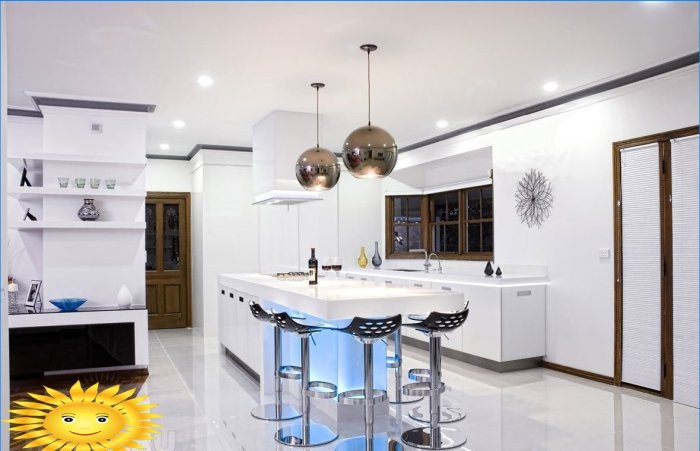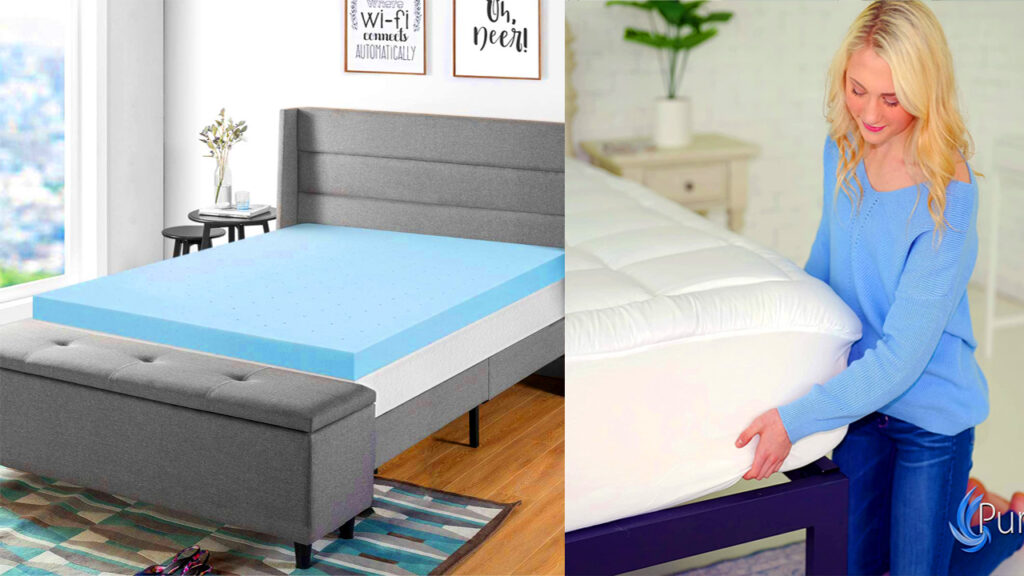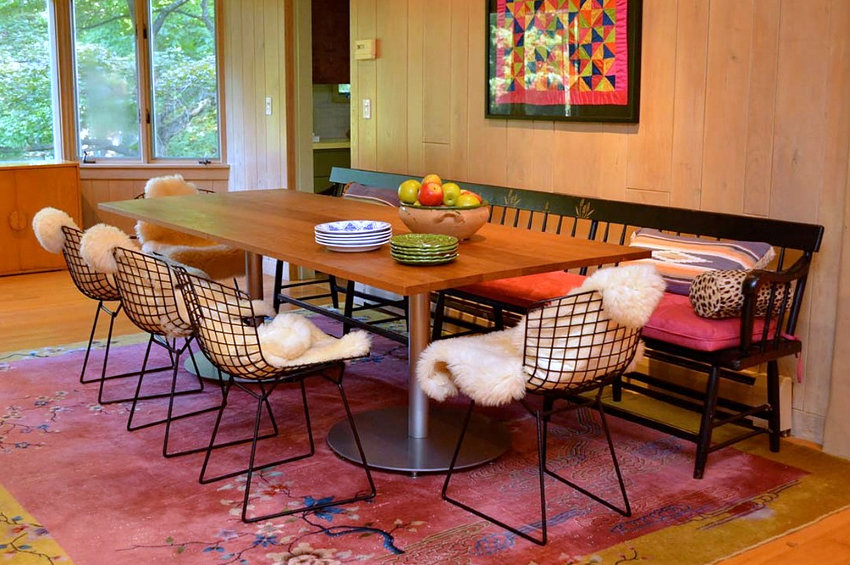When it comes to kitchen lighting, one important factor to consider is the color temperature of the bulbs. The color temperature of a light source is measured in Kelvin (K) and can range from warm yellow tones to cool blue tones. In recent years, LED lighting has become increasingly popular in kitchens due to its energy efficiency and versatility. But with so many options available, how do you choose the right color temperature for your kitchen? Let's take a closer look.1. LED Lighting for Kitchens: A Guide to Choosing the Right Color Temperature
The best color temperature for kitchen lighting is between 2700K to 3000K, which falls in the warm white range. This color temperature mimics the warm, cozy glow of traditional incandescent bulbs and is perfect for creating a welcoming and inviting atmosphere in the kitchen. It also enhances the natural colors of food, making it easier to see while cooking or preparing meals.2. The Best Color Temperature for Kitchen Lighting
When choosing the right color temperature for your kitchen, consider the overall design and color scheme of the space. If you have warm tones in your kitchen, such as wood cabinets or warm-colored countertops, a warmer color temperature will complement the space. On the other hand, if you have a more modern and minimalist kitchen with cool tones, a cooler color temperature may be a better fit.3. How to Choose the Right Color Temperature for Your Kitchen Lighting
Aside from considering the design of your kitchen, there are a few other tips and tricks to keep in mind when choosing the right color temperature for your kitchen lighting. For example, if you have a small kitchen, using a cooler color temperature can help make the space appear larger and more spacious. On the other hand, if you have a large kitchen with high ceilings, warmer color temperatures can help create a cozy and intimate atmosphere.4. Recommended Color Temperature for Kitchen Lighting: Tips and Tricks
If you're still unsure about which color temperature to choose, it's helpful to understand the different color temperatures and their effects on a space. Warm white (2700K-3000K) is often described as cozy and inviting, while cool white (4000K-5000K) is brighter and more energizing. Daylight (5000K-6500K) is the closest to natural sunlight and is often used for task lighting in the kitchen.5. Understanding Color Temperature: A Guide to Choosing the Right Kitchen Lighting
Color temperature not only affects the mood and atmosphere of a space, but it also plays a role in how accurately colors are perceived. In the kitchen, where food is prepared and served, it's important to have a color temperature that helps enhance the natural colors of food. This not only makes the food look more appetizing, but it also makes it easier to see while cooking.6. The Importance of Color Temperature in Kitchen Lighting
To achieve the perfect kitchen lighting temperature, it's recommended to use a combination of different color temperatures. For example, you can use warm white bulbs for general lighting, and cooler bulbs for task lighting in areas where food is prepared. This allows for a balance between ambiance and functionality.7. How to Achieve the Perfect Kitchen Lighting Temperature
In a modern kitchen, it's common to see cooler color temperatures being used. This is because cooler tones tend to complement the sleek and minimalist design of modern kitchens. However, warm white bulbs can also be used to add a touch of warmth and coziness to the space.8. Recommended Lighting Temperature for a Modern Kitchen
Ultimately, the right color temperature for your kitchen lighting will depend on your personal preferences and the design of your kitchen. It's important to experiment with different color temperatures and see what works best for your space. Don't be afraid to mix and match to find the perfect balance of ambiance and functionality.9. Finding the Right Color Temperature for Your Kitchen Lighting: A Comprehensive Guide
For task lighting in the kitchen, it's recommended to use a color temperature of 4000K-5000K. This provides a bright and energizing light that is perfect for tasks like chopping vegetables or reading recipes. Daylight bulbs (5000K-6500K) can also be used for task lighting, as they provide a similar level of brightness and color accuracy. In conclusion, choosing the right color temperature for your kitchen lighting is an important decision that can greatly impact the look and feel of your space. Consider the design of your kitchen, experiment with different color temperatures, and don't be afraid to mix and match to find the perfect balance. With the right color temperature, you can create a warm and inviting atmosphere while also ensuring functionality and practicality in your kitchen.10. The Best Color Temperature for Task Lighting in the Kitchen
Introduction to Recommended Kitchen Lighting Temperature

Creating the Perfect Kitchen Lighting Atmosphere
 When it comes to designing a house, the kitchen is often considered the heart of the home. It's a space where meals are prepared, memories are made, and families gather to share stories. As such, it's important to create an atmosphere that is both functional and inviting. A crucial aspect of achieving this is through proper lighting. In recent years, there has been a growing trend towards
recommended kitchen lighting temperature
as an essential element in kitchen design. In this article, we will explore the importance of this lighting temperature and how it can enhance the overall look and feel of your kitchen.
When it comes to designing a house, the kitchen is often considered the heart of the home. It's a space where meals are prepared, memories are made, and families gather to share stories. As such, it's important to create an atmosphere that is both functional and inviting. A crucial aspect of achieving this is through proper lighting. In recent years, there has been a growing trend towards
recommended kitchen lighting temperature
as an essential element in kitchen design. In this article, we will explore the importance of this lighting temperature and how it can enhance the overall look and feel of your kitchen.
The Impact of Lighting Temperature on Kitchen Design
 The lighting temperature in a space refers to the color of light emitted from a light source. It is measured on the Kelvin scale and can range from warm (yellowish) to cool (bluish) tones. While both warm and cool lighting have their own unique benefits,
recommended kitchen lighting temperature
typically falls in the middle range of 2700K to 3500K. This range is often referred to as "neutral white" and is known for its ability to create a bright and welcoming ambiance in a room.
In the past, kitchens were primarily lit with traditional incandescent bulbs, which produce a warm, yellow light. However, with the introduction of LED and fluorescent lighting, homeowners now have more options when it comes to choosing the
recommended kitchen lighting temperature
for their space. These newer lighting options not only offer a wider range of color temperatures but also provide energy efficiency and longer lifespans.
The lighting temperature in a space refers to the color of light emitted from a light source. It is measured on the Kelvin scale and can range from warm (yellowish) to cool (bluish) tones. While both warm and cool lighting have their own unique benefits,
recommended kitchen lighting temperature
typically falls in the middle range of 2700K to 3500K. This range is often referred to as "neutral white" and is known for its ability to create a bright and welcoming ambiance in a room.
In the past, kitchens were primarily lit with traditional incandescent bulbs, which produce a warm, yellow light. However, with the introduction of LED and fluorescent lighting, homeowners now have more options when it comes to choosing the
recommended kitchen lighting temperature
for their space. These newer lighting options not only offer a wider range of color temperatures but also provide energy efficiency and longer lifespans.
The Benefits of Choosing the Right Kitchen Lighting Temperature
 One of the main benefits of
recommended kitchen lighting temperature
is its ability to enhance the overall design of a kitchen. The neutral white light creates a bright and clean atmosphere, making the space appear larger and more inviting. This is especially important in smaller kitchens where proper lighting can make a significant difference in the overall feel of the room.
In addition to aesthetics, the right lighting temperature can also improve functionality in the kitchen. Cooler temperatures, in the range of 3500K to 4100K, are known for their ability to enhance color contrast and visibility. This makes tasks such as food preparation and cooking easier and more efficient. On the other hand, warmer temperatures, in the range of 2700K to 3000K, are better suited for creating a cozy and relaxed atmosphere for entertaining and dining.
One of the main benefits of
recommended kitchen lighting temperature
is its ability to enhance the overall design of a kitchen. The neutral white light creates a bright and clean atmosphere, making the space appear larger and more inviting. This is especially important in smaller kitchens where proper lighting can make a significant difference in the overall feel of the room.
In addition to aesthetics, the right lighting temperature can also improve functionality in the kitchen. Cooler temperatures, in the range of 3500K to 4100K, are known for their ability to enhance color contrast and visibility. This makes tasks such as food preparation and cooking easier and more efficient. On the other hand, warmer temperatures, in the range of 2700K to 3000K, are better suited for creating a cozy and relaxed atmosphere for entertaining and dining.
In Conclusion
 In summary, the
recommended kitchen lighting temperature
is an essential element in creating a functional and inviting kitchen. By choosing the right lighting temperature, homeowners can achieve a balance between aesthetics and functionality, enhancing the overall design of their space. So, whether you prefer a warm and cozy ambiance or a bright and clean atmosphere, consider the lighting temperature when designing your dream kitchen.
In summary, the
recommended kitchen lighting temperature
is an essential element in creating a functional and inviting kitchen. By choosing the right lighting temperature, homeowners can achieve a balance between aesthetics and functionality, enhancing the overall design of their space. So, whether you prefer a warm and cozy ambiance or a bright and clean atmosphere, consider the lighting temperature when designing your dream kitchen.






































































.png)










